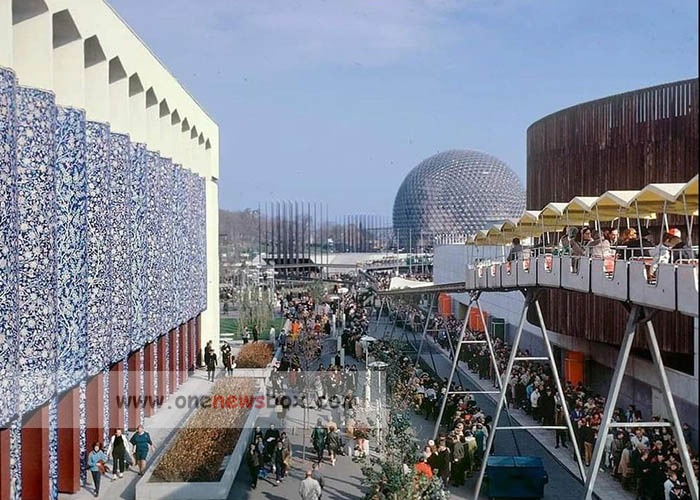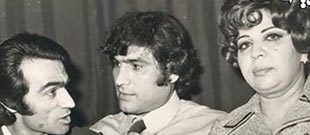Ancient Artifacts: Celebrating Persia’s Legacy
A section of the pavilion was dedicated to Homeland’s ancient artifacts, which highlighted the sophisticated artistry and craftsmanship of Persian civilization. This included relics from the Achaemenid, Parthian, and Sassanian empires, such as pottery, sculptures, coins, and metalwork. One of the most revered artifacts was a replica of the Cyrus Cylinder, often described as the world’s first charter of human rights. The cylinder, with its ancient decree of tolerance and justice, underscored Iran’s historical legacy of progressive values and humanistic principles.
These artifacts were displayed in beautifully lit cases, allowing visitors to admire the intricate details and historical significance of each piece. The goal was to emphasize Iran’s deep-rooted civilization, known for its art, governance, and contributions to science and philosophy, while fostering a connection with global visitors who were encountering Persian culture for the first time.
Persian Art: Carpets, Miniatures, and Calligraphy
Another section of the pavilion focused on traditional Persian art forms, including carpets, miniatures, and calligraphy. Persian carpets, renowned for their intricate designs and vibrant colors, were showcased prominently. Visitors could observe master carpet weavers demonstrating their craft in real-time, bringing to life the intricate process that makes Persian carpets some of the most sought-after art pieces in the world.

